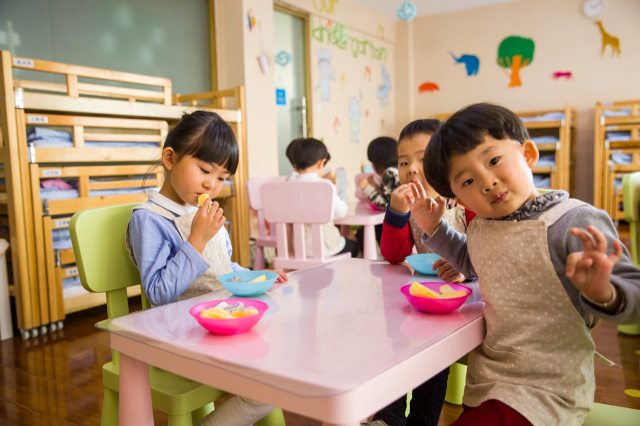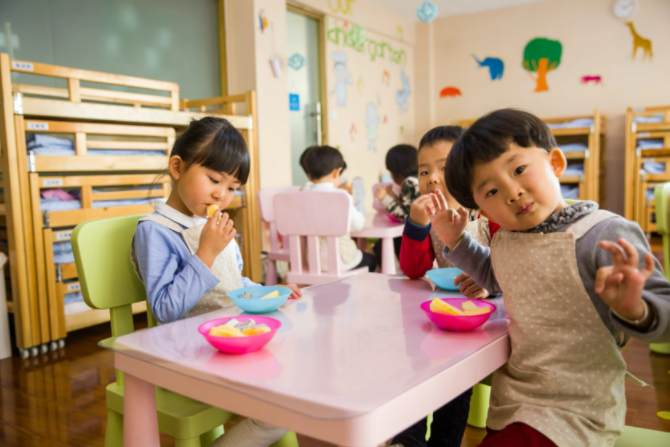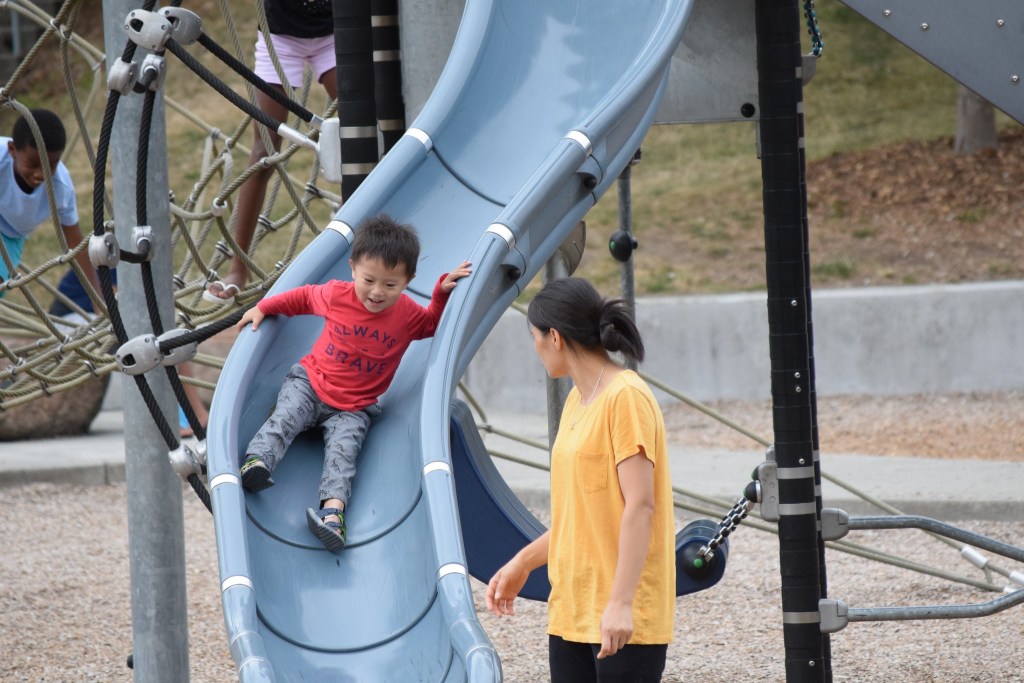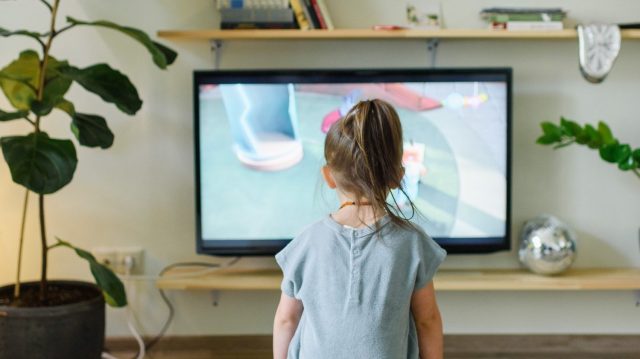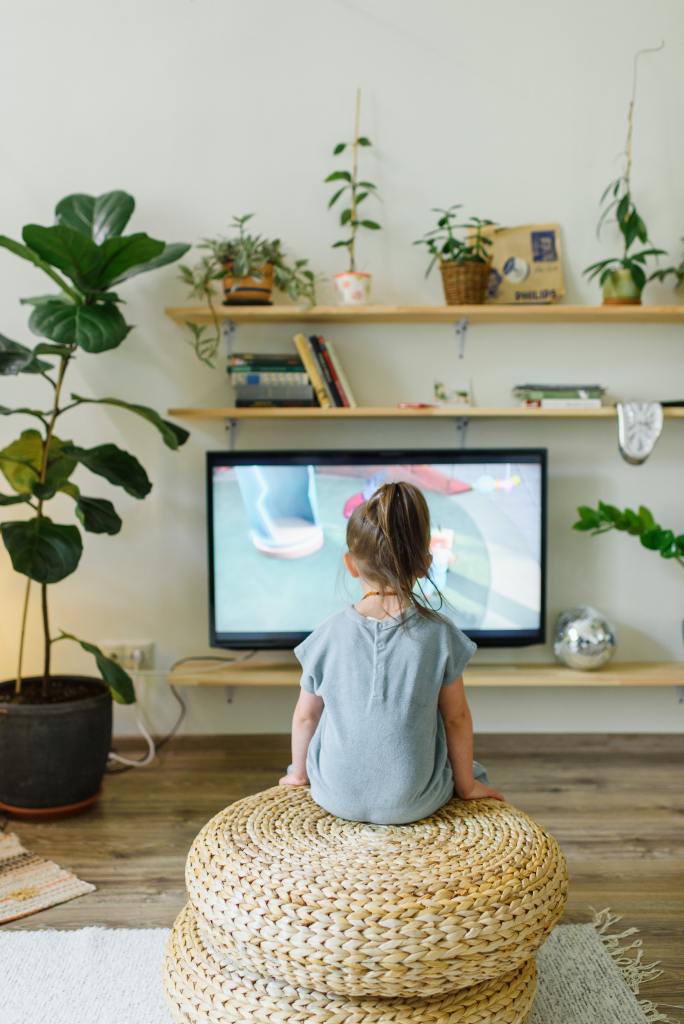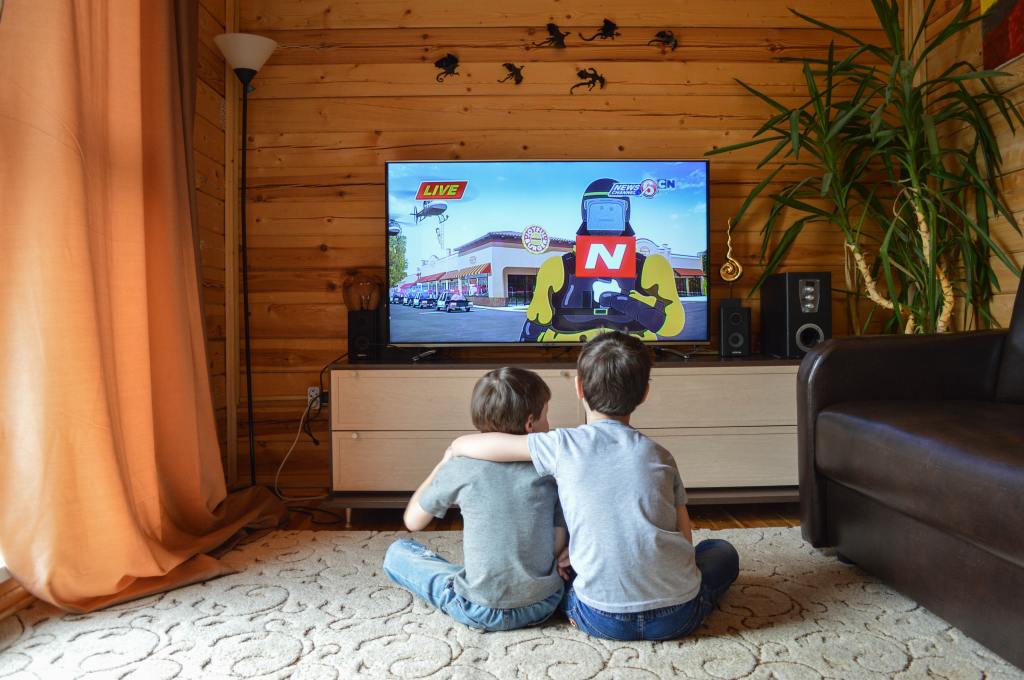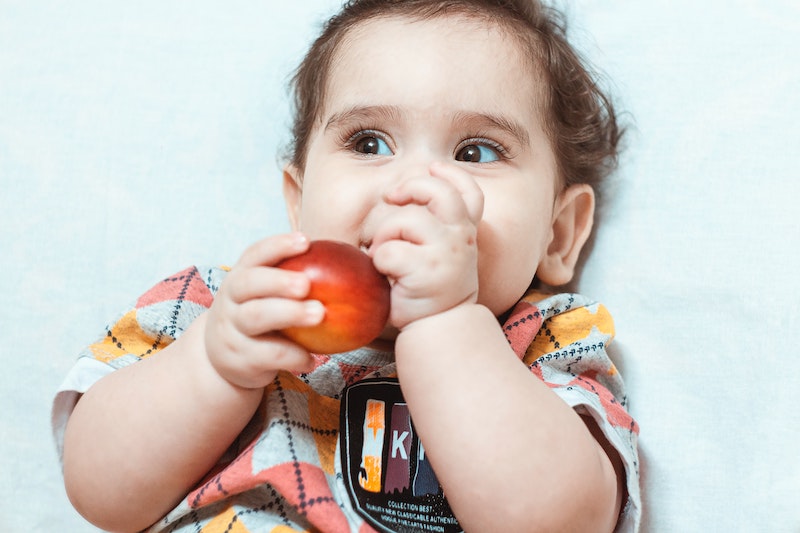
It’s dinner time and if you had to choose between ordering a pizza or cooking a healthy meal, a pizza probably sounds a whole lot easier. And while you know you need to prioritize the health of your family you are probably overwhelmed and need easy ideas—our life is complicated and enough and you have zero aspirations to become Martha Stewart.
If this is you, eating healthy can be way easier if you apply these simple meal hacks that make even the most inexperienced cooks look like a pro. Whether you don’t particularly have a flair or interest in cooking, don’t have the time, or just don’t have the money to get extravagant with your meals there are tips here that will positively impact your household.
1. Pre-cooked Meat (Pre-cooked Grocery Store Rotisserie Chicken vs. Home-Cooked Oven Roasters)
Save time by opting for pre-cooked rotisserie chickens which can run as low as $4.99 at major grocery store chains. This saves time and provides a substantial part of a healthy lunch or dinner that is already cooked freeing your time and energy to focus on simple sides.
2. Slow Cooking (Crock-Pot Meals vs. Skillet Meals)
While skillet style meals are a great way to whip up a healthy meal for one or two people, it can be far more efficient to prepare family-friendly meals in a slow cooker as it creates tender juicy meats without added oils and sugars. Recipes like cilantro lime chicken, chili, carnitas, curry, chicken tikka masala, soups, and so much more become one single step that you can set and forget!
3. Smoothies (Meal Replacer Shakes vs. Home-Cooked Sit-Down Breakfasts)
When everyone is hungry and you are short on time, don’t underestimate protein smoothies for breakfast. Start with a base of a good quality protein supplement and blend it with almond or coconut milk, fresh low sugar fruit, leafy greens (optional), and a nut butter like almond or peanut butter. This approach will not only be delicious but will save time, money, and leave you with fewer dishes to wash!
4. Choose Fruit Wisely (Ready to Eat Fruit vs. Prep Intensive Fruit)
Fresh fruit is a great way to get fiber and nutrients for your family, however, you can save yourself a lot of time by choosing fruit more strategically. Things like whole apples and pears only need to be rinsed and can be consumed as-is. This also goes for bananas where the fruit can be eaten without prep work. Set a bowl of fresh ready-to-eat fruit in your kitchen for easily accessible snacks as opposed to tasking yourself with preparing more intensive fruit like cantaloupe, watermelon, or pineapple.
5. Don’t Bother Peeling Produce
Sweet potatoes, potatoes, carrots, apples, and beets all roast up amazing with the skin on. The same goes for cucumbers, kiwi, eggplant, grapes, peaches, nectarines, ginger, acorn squash, and delicate squash. Leaving the skin includes more antioxidants and nutrients. Just make sure you rinse your produce first!
6. Egg Whites
Purchase cartons of liquid egg whites as opposed to whole eggs. For recipes that call for egg whites, you will experience fewer “steps” by pouring liquid egg whites as opposed to cracking several eggs, separating the yolks from the whites. This is great for egg white omelets
7. Break Your Breakfast Routine
Don’t be afraid to have leftover “dinner food” for an easy microwavable breakfast. Breakfast doesn’t have to be “conventional.” I’ve grown up having rice and eggs or some other form of protein my entire life. There is no rule that says breakfast needs to be pancakes and cereal, it can be whatever you want it to be.
8. Order Chinese Take-Out
What? Takeout? Yes, when I’m in a bind, I will order a few servings of steamed chicken and mixed vegetables with white or brown rice. You can also get steamed shrimp and a variety of different veggies (all you have to do is ask and you can get broccoli). You can get this meal at ANY Chinese restaurant in America, just ask for the sauce on the side (I don’t use the sauce). I add a small amount of soy sauce or coconut aminos to flavor the food along with either sriracha or hot oil sauce. However, this has gotten me through rough spots where I had a lot of work and zero time to cook, but needed healthy food to keep me energized.
9. No-Chop Veggies
When selecting your veggies, some will be easier to meal prep than others required virtually no chopping or prepping before cooking.
▪ Spinach/Kale/Arugula: Can be easily steamed or sauteed with the carb of your choice (i.e. rice or sweet potatoes), can be added to wraps, salads, omelets, tacos, fajitas, and sandwiches.
▪ String beans/Asparagus: Can be easily steamed, oven-roasted, or lightly sauteed.
▪ Peas/Snow Peas: An easy add-in to a stir-fry or skillet when simple veggies are needed to complete a meal.
10. Have a “Back-Up” Healthy Meal
Every household needs a go-to backup meal. For me, it’s veggie fried rice. I typically scramble in egg whites for my protein source and whatever veggies I have on hand. It tastes amazing and I literally always have the ingredients needed to pull it off at any point. It can get fancier depending on what type of meat you have on hand and it great for turning leftover rice, meat, eggs, and veggies into an amazing family-friendly dish.







